Russia's fearsome S-400 air-defense system isn't quite living up to the hype in Ukraine
Russia's S-400 air-defense system is feared.
But Ukraine has been able to destroy some, including, it seems, with older weapons.
Experts say it's still a formidable system, but the West could learn from Ukraine's wins.
The performance of the Russian military's top air-defense system in Ukraine has shown it's vulnerable to even some older Western missiles, and wins against it could give the West new ideas on how to defeat it, experts say.
The Russian S-400 is considered one of the world's most advanced air-defense systems, but in Russia's invasion of Ukraine, multiple units have been destroyed, including by older Western weapons the system should be able to handle.
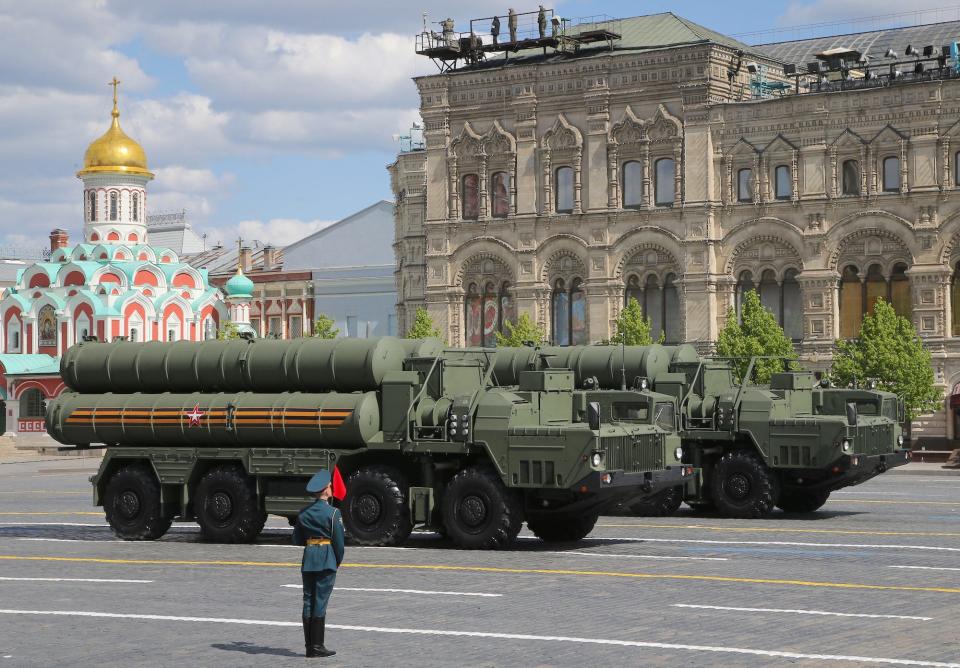
Experts told Business Insider the system is clearly very capable, but it does have some weak points that Ukraine has been able to exploit.
Fredrik Mertens, an analyst at the Hague Center for Strategic Studies, said "we clearly know that Ukrainian missiles are getting through and at rates that they really pose a problem for the Russians."
A flagship system
Russia's S-400 Triumf, known to NATO as the SA-21 Growler, is a long-range, road-mobile surface-to-air missile system and the successor to the older S-300 system.
It was designed to target missiles and aircraft, but it can also be used for surface-to-surface strikes. Russia has used it to hit Ukrainian cities.
Before Russia's invasion of Ukraine, the International Institute for Strategic Studies called this weapon "one of the world's more sophisticated" air-defense systems.
It first became operational in 2007 and is considered Russia's equivalent of the US Patriot system.
The head of Rosoboronexport, the Russian state-owned military company that oversees most of Russia's military exports, in February called it the "best long-range air defense system in the world."
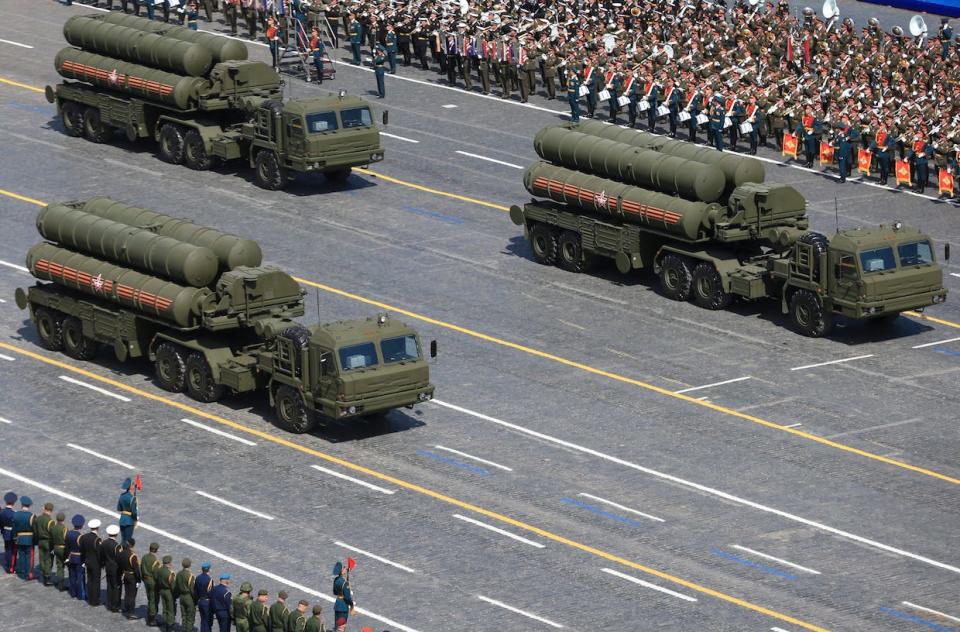
While losses have been relatively rare, especially compared to other systems like Russian tanks and armored vehicles, the system has not always lived up to the hype.
John Hoehn, a researcher at the RAND Corporation with a specialism in air warfare, told BI its international popularity shows that it's seen as "one of the best air defenses that was available."
"Overall," he said, "I think the Ukrainian Air Force has viewed it as a substantial threat." But, Hoehn added, Ukraine has also found ways to counter S-400s and even destroy some of them.
Ukraine is hitting S-400s
Ukraine has destroyed multiple S-400 systems in its fight.
Ukraine in September said it destroyed two Russian S-400 batteries in Crimea, a region annexed by Russia in 2014. There were only five S-400s there before Russia invaded, Forbes reported.
Ukraine shared a video of one of the hits.
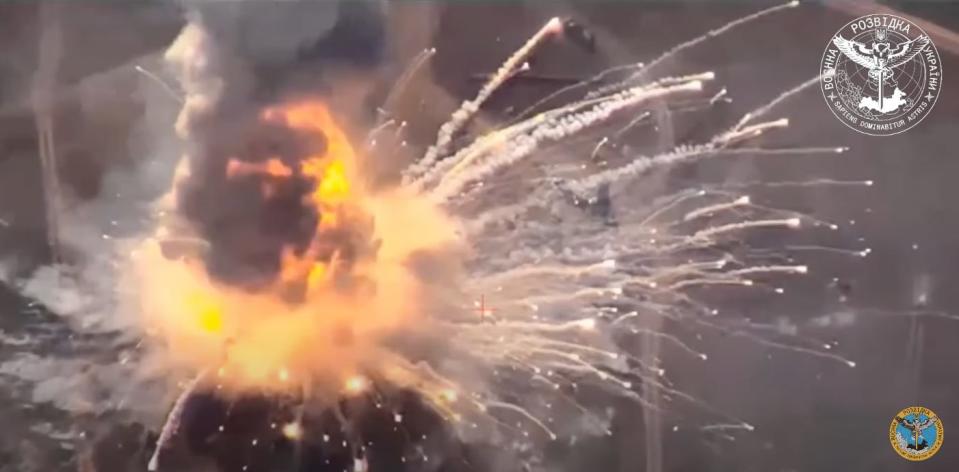
It said that one of these attacks used a modified Neptune anti-ship missile, a Ukrainian-made missile derived from an older, Soviet missile.
The Institute for the Study of War, a US-based think tank, said the attack may signal Russia's air defenses in Crimea may suffer from "systemic tactical failures."
Ukrainian intelligence also said that an S-400 system was damaged within Russia's borders in a September drone attack, and in April this year, Ukraine said that it destroyed or at least critically damaged four S-400 launchers in Crimea.
Some of Ukraine's hits have been by weapons older than the S-400s that should be in its threat envelope.
Foiled by older weapons
The British defense ministry said in a November intelligence update that Ukraine likely destroyed at least four of the systems in a week, with Russian media saying three of them were in Ukraine's Luhansk region.
Russian Telegram channel VChK-OGPU, which claims sources in Russia's police and military agencies, said that ATACMS were used in the attack. ATACMS, tactical ballistic missiles developed by the US, have been in service since 1986.
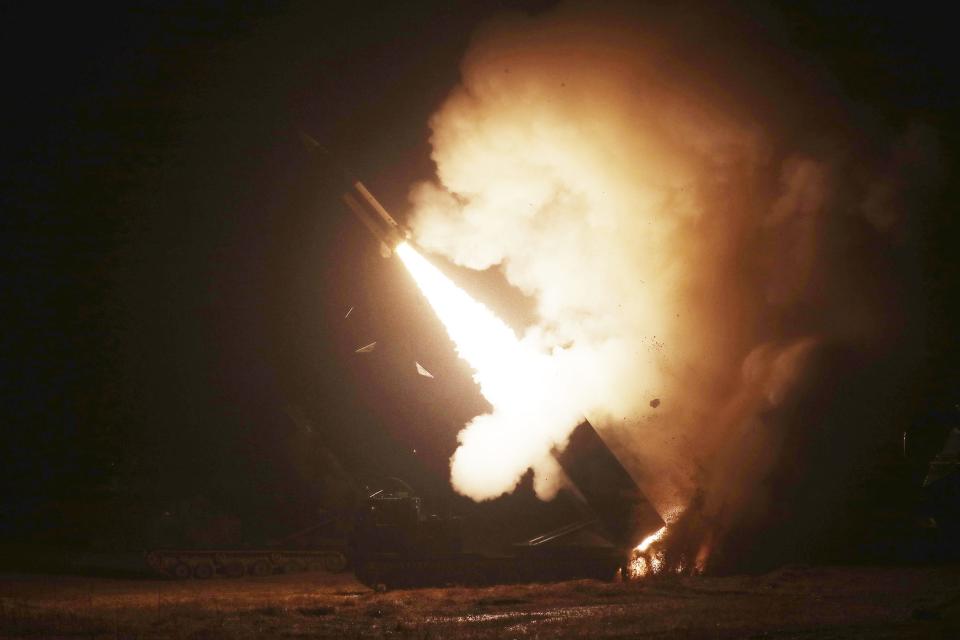
Mertens said the S-400s appear to have "troubles in intercepting ballistic missile targets," something that the US-made Patriots have proved they can do, even against advanced missiles like Russia's overhyped Kinzhals.
A video in February also shows what Ukraine said was a Storm Shadow missile, also known as a SCALP missile, flying unimpeded over an S-400 in Crimea.
Mertens described it as "incredible footage" that likely serves as a "terrible indictment" of the system. He said that Russia may have been unlucky with the system being passive at that moment, saying if so, "it can be forgiven, but still it's painful for Russia."
He said Ukrainians "have been hitting targets in the Crimea with depressing regularity for the Russians."
Hoehn said it was possible the system hadn't been set up, so its radar was not properly functioning yet, or that Ukraine used electronic warfare against it.
Ian Williams, formerly the deputy director of the Missile Defense Project at the Center for Strategic and International Studies, said last year the S-400s "seem to have struggled against Storm Shadows, but without better insight into intercepts, it's hard to assess with certainty."
Ukraine's wins come, as with most of this war's developments, with the caveat that there is no objective proof of how many systems Ukraine has hit compared to how many it has targeted or how many times the S-400 has been successful.
Mattias Eken, a missile defense expert at the RAND Corporation, noted Russia has kept much about the system a secret, and neither country has been fully open about their loss rates.
Rajan Menon, the director of the Grand Strategy program at the US think tank Defense Priorities, described the S-400 as Russia's "top-of-the-line air defense system."
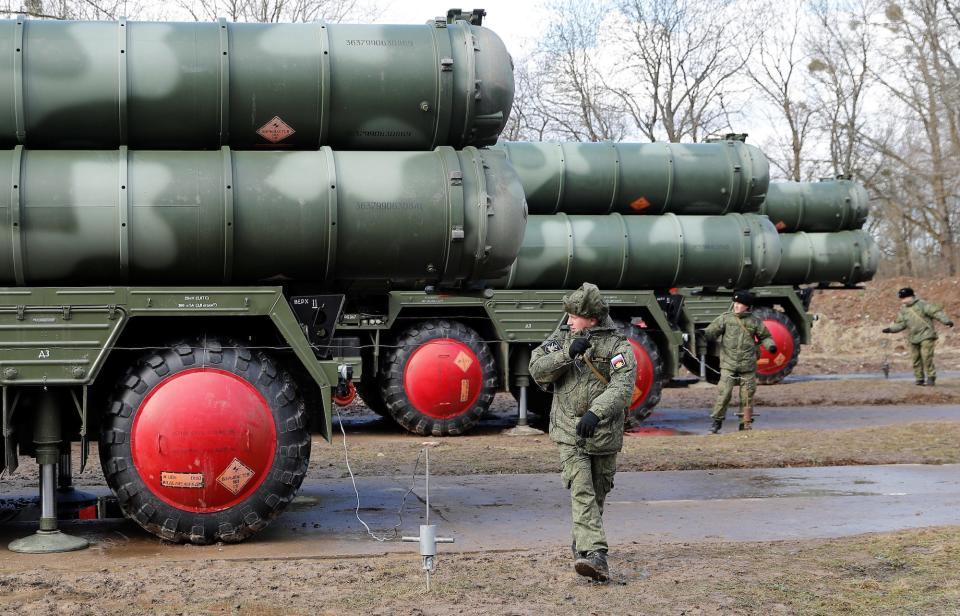
But, he said, "the performance of the S-400 has been mixed in the sense that although it's talked up as this super air defense system, the Ukrainians have been able to take out not a few of them."
Ukraine has figured out how to hit some
Mick Ryan, a retired major general in the Australian Army and a military strategist, described the S-400 as a "very capable system," but one that Ukraine has figured out how to sometimes foil.
"The way you take down these highly capable systems is you take a systems approach. It's not 'just fire a weapon against it,' you've got to unpick all the things that defend it, whether it's sensors or other weapons systems, other air and missile and drone defense systems."
Doing that "is very hard. It's expensive, and it's a big targeting challenge."
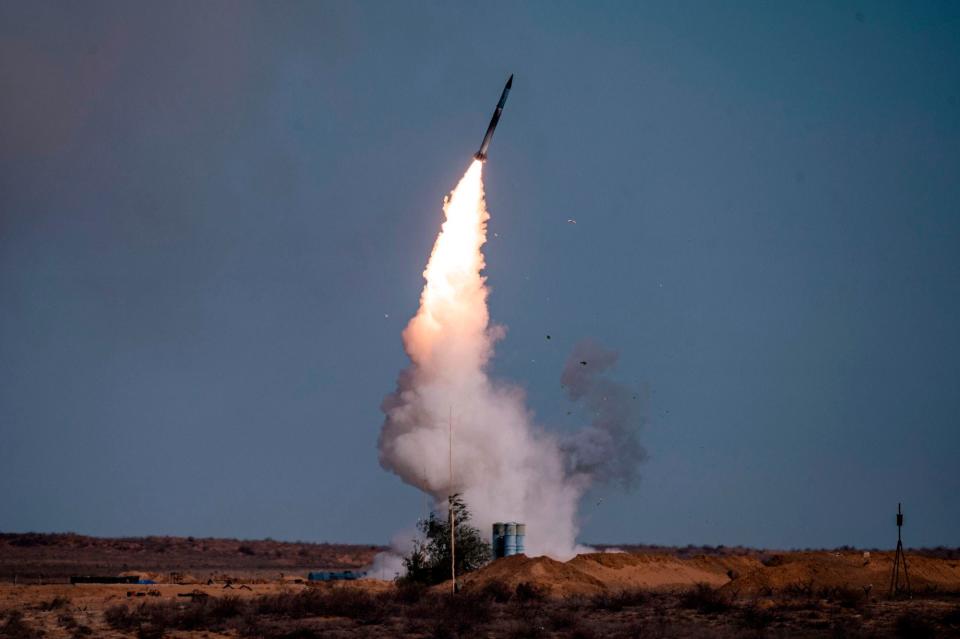
But Ukraine has repeatedly been able to do it, something Ryan described as "a very impressive feat."
He said Ukrainians, aided by help from NATO nations and the alliance's joint targeting doctrine, have "become far more systematic and sophisticated in how they undertake the very complex and systemic taking down of highly capable Russian systems."
And he said Ukraine has been better at protecting its own missile systems than Russia has.
"They use deception, they move them frequently, they use dummies," he said. "There's a whole range of operating modalities around having their sensors on and off. And the Russians haven't been as good at this."
Air-defense systems typically work as part of a layered network rather than in isolation, with different systems working to detect an incoming attack and neutralize it, as well as protect the most valuable systems in the network, like the S-400.
Hoehn said Ukraine may be able to hit some S-400s because of flaws in Russia's network, with it perhaps not being set up adequately, creating gaps because other systems like the Pantsir missile system, which hasn't really lived up to expectations either, are not playing enough of a role to protect and support the S-400s.
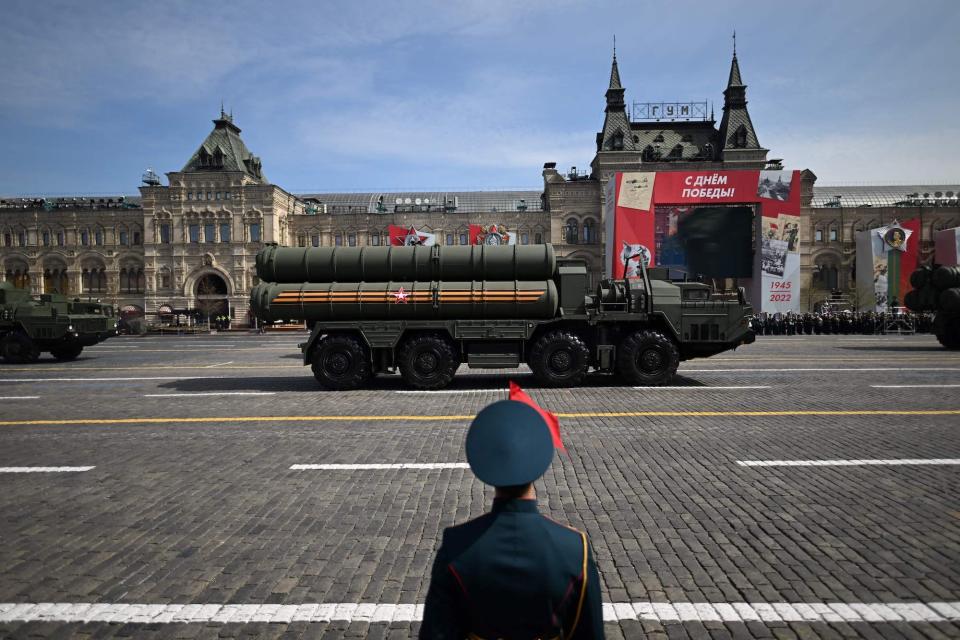
Hoehn said that Ukraine has been able to "come up with some very creative tactics to be able to engage and destroy some of these sophisticated Russian systems."
"I don't know if this is higher or lower than what expectations might've been, but certainly they've changed how they have gone and tried to attack these systems before the war versus what we're seeing now."
Eken described the S-400 as "highly capable but not impervious to attack."
He said "the Ukrainian air force is still cautious and keeps a safe distance from the front lines due to the threat of the S-400 and other Russian SAM systems."
But, he said, it "is not invulnerable, particularly if it is not adequately protected. Ukraine has demonstrated its ability to destroy S-400 systems farther away from the front lines, such as in Crimea."
Older Western weapons seem to be performing better
Some of the experts said the S-400's performance, its troubles in particular, stands out compared to the Patriot, the system it was built to rival.
Patriots are older and had a somewhat chequered record before being used in Ukraine. But they have been hailed as a huge success in this war, and none of these have been confirmed lost, though there have been claims and rumors.
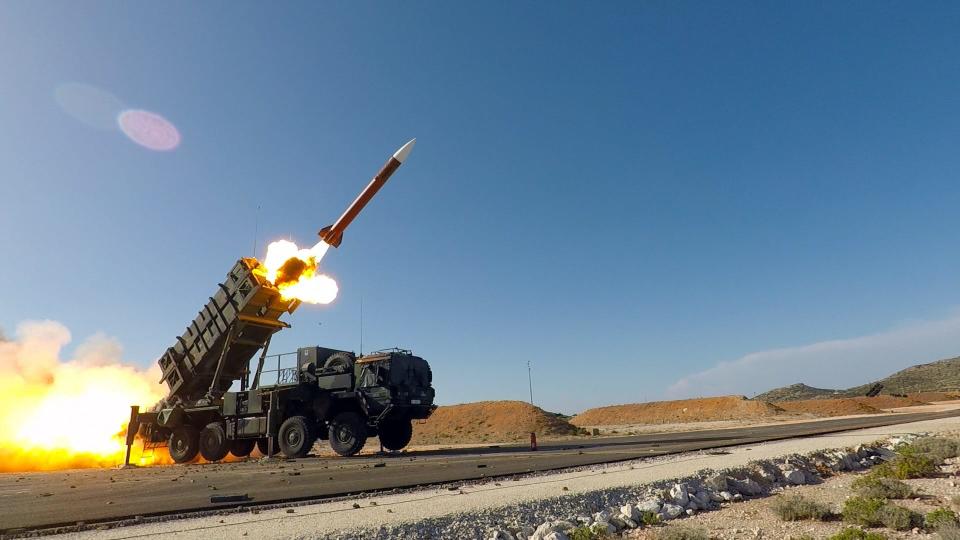
Menon said of the S-400 systems defending Crimea, "if you compare it to the Patriot, for example, it doesn't seem to have worked as quite as well."
But Ukraine has been running low on Patriot and other air defense missiles, as well as the long-range missiles it uses to target Russian equipment like the S-400, after support from the US stopped for six months.
And the S-400s remain a threat.
Hoehn said any F-16s Ukraine is due to get from allies this summer that get into the range of S-400s will be targets.
He said trying to destroy Russia's air defense systems could be a priority for Ukraine's F-16 pilots, but doing so against S-400s will be a big challenge as those are the jets' "most capable" threat.
Mertens said that while the S-400s should not be underestimated, it seems they "have a few potentially glaring deficiencies that could make them vulnerable against a capable and advanced opponent like the United States or NATO, which will be a very serious cause for concern for the Russians."
Ryan said that Ukraine's success against some S-400s helps its allies in the West and NATO learn how to defeat the system in the future, explaining that "the reality is this is a significant opportunity for Western military and intelligence organizations to collect on the capability of the Russian military across the board."
Read the original article on Business Insider

